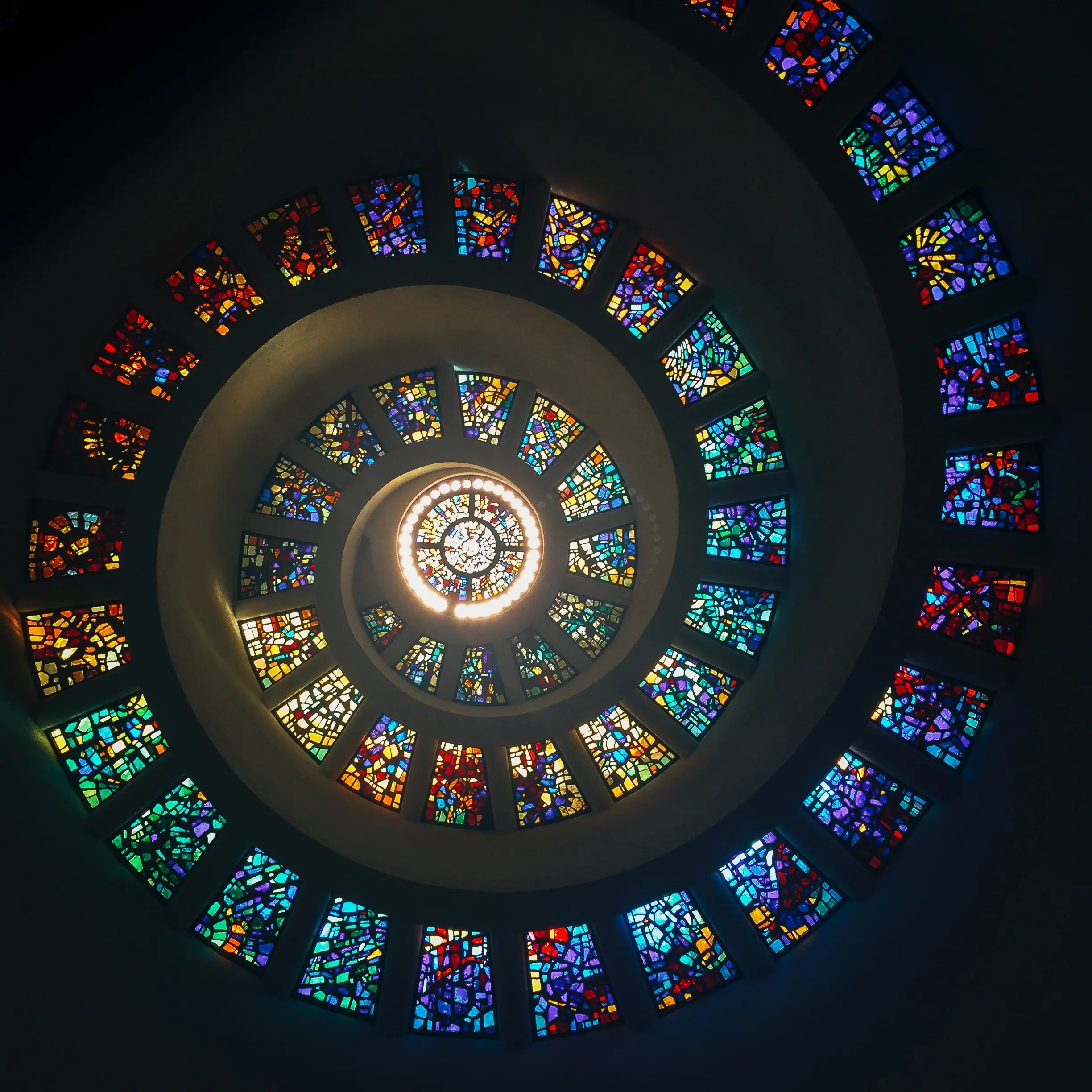When you think of spiritual perfection, do you ever consider where your journey toward perfection begins? I mean in terms of the human person—you know, the body and soul and all that constitutes them—where does the journey begin?
You might be surprised when I tell you this, but the journey actually begins through the senses.
Why the senses? Because the senses are the place where all human persons begin their interaction with being (reality). Since the human person starts with the senses when interacting with the world, the senses serve as a gate that leads to the inner core of the person. Thus, the principle by which a human person changes starts with the senses.
Well, you might ask, if the senses serve as the gate to the inner core of the person, does the journey to spiritual perfection always involve the senses? How do things like visions fit into the picture? After all, visions are in the supernatural order, which is different from the natural order where the senses are.
Three Fundamental Principles from St. John of the Cross
St. John of the Cross actually provides some help here. When writing about why God communicates through supernatural visions, St. John of the Cross identifies three fundamental principles:
- “The first comes from St. Paul’s Epistle to the Romans: Quae autem sunt, a Deo ordinata sunt.”1
- “The second comes from the Holy Spirit in the Book of Wisdom: Disponit omnia suaviter.”2
- “The third comes from the theologians who say: Omnia movet secundum modum eorum.”3
The first principle means However they are, they are ordered by God; the second principle means He disposes everything gently; the third means all things move according to their mode.
The First Principle: However They Are, They Are Ordered by God
Concerning the first principle, to move an order the mover must know the extremes. In the case of the human person, God must “begin by touching the low state and extreme of the senses.”4 Each act leading the person to spiritual perfection is ordered to that perfection, so God needs to start where the person being perfected starts, which is with the senses.
Since the order of the human person involves both the body and the soul, sensory and spiritual parts of the soul, as well as the order of grace bestowed by Baptism, God needs to move through all these “levels” of the person to unite with the person in a union of love.
Considering the powers of the human person might help you understand this first principle more easily. In the order of generation, digestion supports the body, which supports the senses, both exterior and interior; and the exterior and interior senses support the intellect’s ability to know.
In the order of perfection, the intellect is more perfect (complete) than digestion. You need to eat and digest food in order to be able to perform higher human actions like reading or even practical actions such as running. Eating and digesting food generates the potency (capacity) for these higher actions. Since one of the highest actions performed on a human being is through God communicating spiritually, God must generate the disposition for the person to receive that communication.
The Second Principle: He Disposes Everything Gently
Concerning the second principle, God wants to move gently rather than forcefully in order to instruct the soul rather than force or be rough with the soul. For example, if a person is used to low light conditions due to living in a cave, the person will become accustomed to a certain level of light as normal. If that person suddenly comes out of the cave into the noon sun, the person’s eyes will hurt due to the excess of light. In a similar manner, God wants to move in an orderly and gentle way with the soul towards spiritual perfection.
St. John of the Cross describes this gentle movement in The Ascent of Mount Carmel:
God perfects people gradually, according to their human nature, and proceeds from the lowest and most exterior to the highest and most interior. He first perfects the corporeal senses, moving one to make use of natural exterior objects that are good, such as hearing sermons and Masses, seeing holy objects, mortifying the palate at meals, and disciplining the sense of touch through penance and holy rigor…Besides this, the interior bodily senses with which we are dealing such as the imagination and phantasy, are gradually perfected and accustomed to good through considerations, meditations, and holy reasonings; and through all this the spirit is instructed.5
Supernatural visions are not what people, who have a fallen human nature, are naturally disposed to, so God must work with them gradually until they are ready for higher-level movements.
The situation is like that of beginning to exercise. Consider yourself in this situation: if you want to naturally dispose yourself to something like regular exercise, you need to start gently (e.g., if you want to start swimming regularly, you need to swim a small amount, like 500 - 1000 yards twice a week, to gently dispose your body to the exercise). After a period of time, you can increase the frequency (how many days you swim) and intensity (how far and how hard you swim).
The Third Principle: All Things Move according to Their Mode
Concerning the third principle, people are moved by the senses first since that is where their knowledge begins. Their mode of knowing starts with the senses and moves to the intellect, which terminates their knowing in the thing known.
To move beyond what can be known through the senses and intellect, God disposes people to their faith, which enables them to know him proximately in this life. This faith allows for a union of love to exist.
From the Senses to Supernatural Visions
In sum, God needs to start with one extreme (the senses), move through the order of the human person gently, and move the soul with supernatural visions when He deigns to do so. This movement is gentle thanks to the mercy and love of God.
How to learn more
To learn more about the Carmelite tradition in general, check out Midnight Carmelite episodes through the player below and hit subscribe to stay up to date!
-
St. John of the Cross, The Ascent of Mount Carmel, in The Collected Works of St. John of the Cross, trans. Kieran Kavanaugh and Otilio Rodriguez, 3rd ed. (Washington, DC: ICS Publications, 2017), 205. ↩︎
-
St. John of the Cross, The Ascent of Mount Carmel, in The Collected Works of St. John of the Cross, trans. Kieran Kavanaugh and Otilio Rodriguez, 3rd ed. (Washington, DC: ICS Publications, 2017), 205. ↩︎
-
St. John of the Cross, The Ascent of Mount Carmel, in The Collected Works of St. John of the Cross, trans. Kieran Kavanaugh and Otilio Rodriguez, 3rd ed. (Washington, DC: ICS Publications, 2017), 206. ↩︎
-
St. John of the Cross, The Ascent of Mount Carmel, in The Collected Works of St. John of the Cross, trans. Kieran Kavanaugh and Otilio Rodriguez, 3rd ed. (Washington, DC: ICS Publications, 2017), 206. ↩︎
-
St. John of the Cross, The Ascent of Mount Carmel, in The Collected Works of St. John of the Cross, trans. Kieran Kavanaugh and Otilio Rodriguez, 3rd ed. (Washington, DC: ICS Publications, 2017), 206-207. ↩︎

